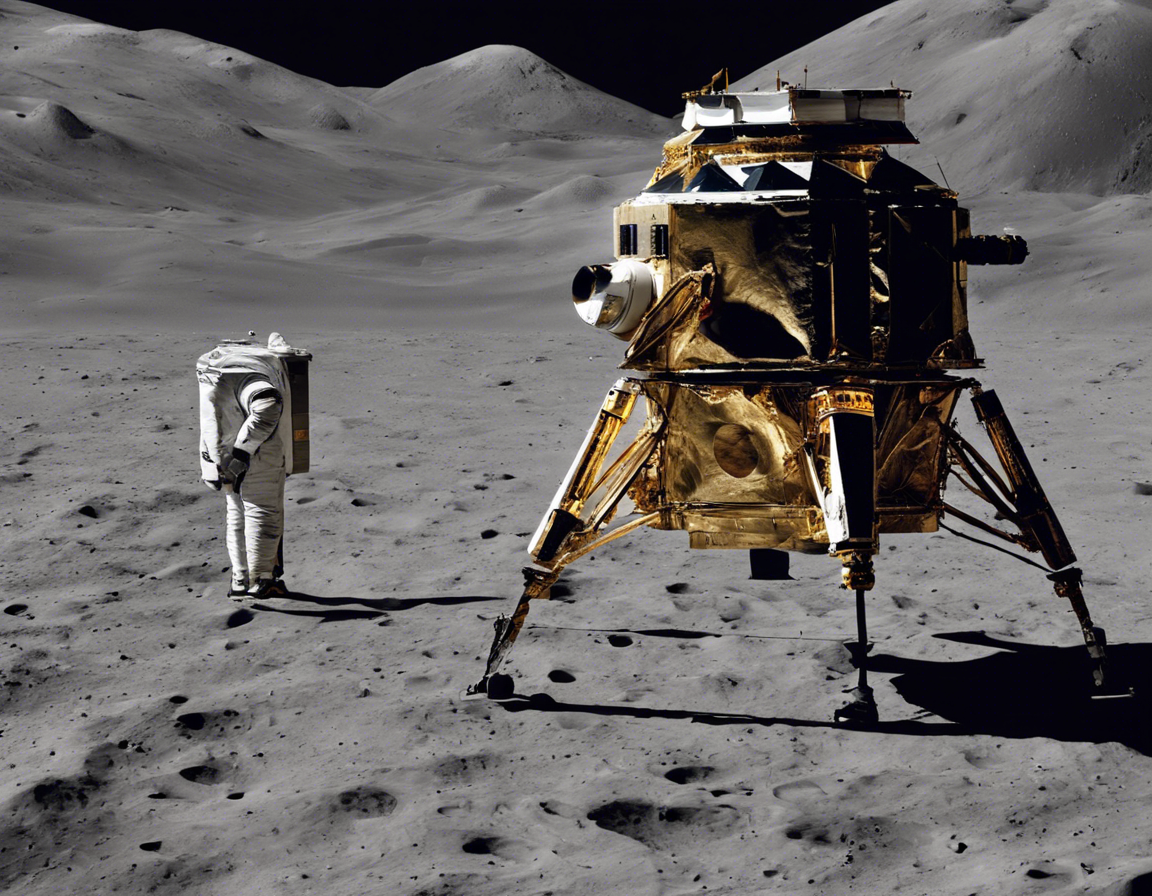Introduction
India’s space exploration program has been making significant strides in recent years, with ambitious missions like the Chandrayaan series drawing global attention. After the success of Chandrayaan-1 and Chandrayaan-2, the Indian Space Research Organization (ISRO) is gearing up for Chandrayaan-3, the next lunar exploration mission. This article provides an in-depth look at the current status of Chandrayaan-3 and updates on its progress.
Chandrayaan-3: Overview
Chandrayaan-3 is India’s third lunar exploration mission, aimed at achieving a soft landing on the Moon. The mission is a follow-up to Chandrayaan-2, which was partially successful, with the orbiter continuing to study the Moon from orbit. Chandrayaan-3’s main objectives include demonstrating India’s capability to perform a soft landing and rover operations on the lunar surface.
Current Status
As of [current date], Chandrayaan-3 is in the advanced stages of development. ISRO has been working on the design and development of the mission’s lander and rover, with significant progress being made. The mission is expected to launch in [anticipated launch date], with preparations underway for a successful lunar landing.
Chandrayaan-3 Mission Components
-
Lander: The lander is a key component of the mission, responsible for carrying the rover to the lunar surface and facilitating a safe landing. ISRO is focusing on improving the design and technology of the lander to ensure a successful soft landing.
-
Rover: The rover, equipped with scientific instruments, will explore the lunar surface, collecting data and conducting experiments. ISRO is working on enhancing the rover’s capabilities for improved performance and scientific output.
-
Orbiter: Chandrayaan-3 will also include an orbiter to study the Moon from lunar orbit. The orbiter will help relay communication between Earth and the lander/rover on the surface.
Key Challenges and Solutions
Developing a lunar mission like Chandrayaan-3 poses several challenges, including precision landing, thermal management, and communication. ISRO’s scientists and engineers are addressing these challenges through innovative solutions such as advanced navigation systems, thermal protection technologies, and reliable communication systems.
Timeline and Launch
ISRO is on track to launch Chandrayaan-3 in [anticipated launch date]. The mission timeline includes the spacecraft’s journey to the Moon, lunar orbit insertion, soft landing, rover deployment, and scientific operations on the lunar surface. ISRO is meticulously planning each phase of the mission to ensure its success.
Future Prospects
The success of Chandrayaan-3 will not only bolster India’s position in space exploration but also contribute valuable scientific data about the Moon’s geology, atmosphere, and resources. The mission’s findings will enhance our understanding of the lunar environment and pave the way for future manned missions to the Moon.
Frequently Asked Questions (FAQs)
- When is the expected launch date for Chandrayaan-3?
-
ISRO is targeting [anticipated launch date] for the launch of Chandrayaan-3.
-
What are the main objectives of Chandrayaan-3?
-
The main objectives include achieving a soft landing on the Moon, deploying a rover for surface exploration, and conducting scientific experiments.
-
How does Chandrayaan-3 differ from Chandrayaan-2?
-
Chandrayaan-3 focuses solely on the lander and rover components for a soft landing, while Chandrayaan-2 also included an orbiter.
-
What are the key technologies being developed for Chandrayaan-3?
-
ISRO is focusing on precision landing systems, thermal protection technologies, and advanced communication systems for the mission.
-
What are the expected outcomes of Chandrayaan-3?
-
Chandrayaan-3 is expected to provide valuable data on the Moon’s geology, atmosphere, and resources, advancing our understanding of Earth’s celestial neighbor.
-
How long will Chandrayaan-3 operate on the lunar surface?
-
The mission’s duration on the lunar surface will depend on the performance of the lander and rover, but ISRO aims for an extended operational period.
-
Will Chandrayaan-3 pave the way for future manned lunar missions?
-
Yes, the success of Chandrayaan-3 will contribute to India’s capabilities in lunar exploration and potentially support future manned missions to the Moon.
-
Which organizations are collaborating with ISRO on Chandrayaan-3?
-
ISRO is leading the Chandrayaan-3 mission, with collaborations from various national and international partners for scientific instruments and expertise.
-
What are the major scientific goals of Chandrayaan-3’s rover?
-
The rover will conduct experiments to study the Moon’s surface composition, topography, and magnetic field, providing valuable insights into lunar geology.
-
How will Chandrayaan-3 benefit India’s space exploration program?
- Chandrayaan-3 will showcase India’s technological capabilities in lunar exploration, positioning the country as a key player in space science and research.
Conclusion
Chandrayaan-3 represents a significant milestone in India’s space exploration journey, with an emphasis on achieving a successful soft landing on the Moon and conducting scientific experiments on the lunar surface. ISRO’s progress on the mission’s development indicates a promising future for Chandrayaan-3, with implications for expanding our knowledge of the Moon and advancing space exploration capabilities. Keep an eye out for further updates on Chandrayaan-3 as India prepares for its next lunar adventure.
